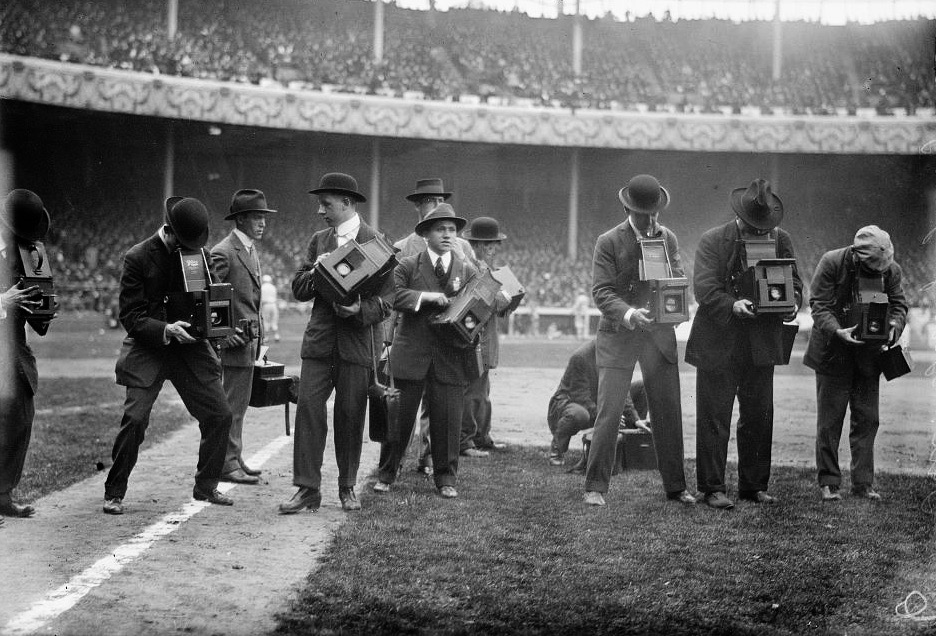Exhibit A
Here at the corner of Fulton and Cliff Streets, you’ll find quite a proclamation: “Welcome to the original NYC.” Even the new building’s website heralds the same. The so-called “Exhibit” is teeming with “iconic larger-than-life photography,” “daring interior design,” and “eccentric furnishings.” There’s a “yoga room,” a “fitness studio with Peloton indoor cycles,” and a “24-hour concierge to indulge your every whim.” If you get bored easily, you can visit the “gourmet demonstration kitchen” instead.
However, before you can pass through the doors of “the city’s first curated rental residence,” you’ll need a few bucks. That’s $2,665 to $3,250 for a one-bedroom, $4,295 to $7,795 for a two-bedroom, or $10,000 a month for a four-bedroom accommodation. Once admitted, though, you’ll be living in a “dynamic celebration of the downtown art, music, culture, and style that made New York City the capital of the world.” Or at least that’s what the website wants you to believe.
In reality, the people who earned that distinction for the city over some two hundred years of toil here were a multitude of merchants, stevedores, seamen, printers, slaves, and fishmongers all engaged in maritime activity. They weren’t celebrity stylists, wealthy artists, or interior designers. And their culture certainly wasn’t comprised of yoga rooms and “iconic” photography.
The Exhibit, you see, is less than a block away from Pearl Street — Lower Manhattan’s original shoreline — and its subsequent expansions to Water, Front, and South Streets. This was where the men and women of the shipping industry first transformed colonial New York into the international powerhouse it is today.
Now while the building’s website says you can see South Street Seaport from the window of “your riverside retreat,” it makes no mention of the history. Where once stood factories, warehouses, garages, and a fully functioning fish market, the Exhibit instead would rather “exude” some “legendary era” of “grit and glamour.” It’s as if the two-hundred-year-old working class neighborhood never existed.
But why strive so hard to replace things that actually happened with an idea that never was? Maybe, just maybe, if the Exhibit wasn’t so invested in creating a false narrative or eviscerating history, perhaps it would have found some “names that became icons” or “legends” to “exude” in its own backyard.
The Real McCoy
Before the Exhibit was dubbed “60 Fulton Street,” its plot of land once housed the addresses for 54 to 62 Fulton (a/k/a 29 to 31 Cliff Street). And those addresses were often tied to the seafaring trade.
In 1842, a butcher, boot maker, and printer each worked on the lot. Three years later, Sherman Atwater, Jr. was operating an iron and steel facility. Commission merchants J. L. Phillip & Company shared the premises with him. When they departed, Stokes, Gilbert, & Company opened an import firm.
During the Civil War years, George and Benjamin Hannah ran a manufacturing affair called Hannah & Company. Thomas Daniel, a pattern and model maker, took over from them near the turn of the century. In the 1893 city directory, he advertised his business as specializing in “electric, light, and plumbers woodwork.”
Now wouldn’t an image of Daniel with his wrench be more meaningful than the one Exhibit has on its banner of an anonymous man with guitar?
Photo by Rick Stachura. The Exhibit at 60 Fulton Street. May 17, 2018.

